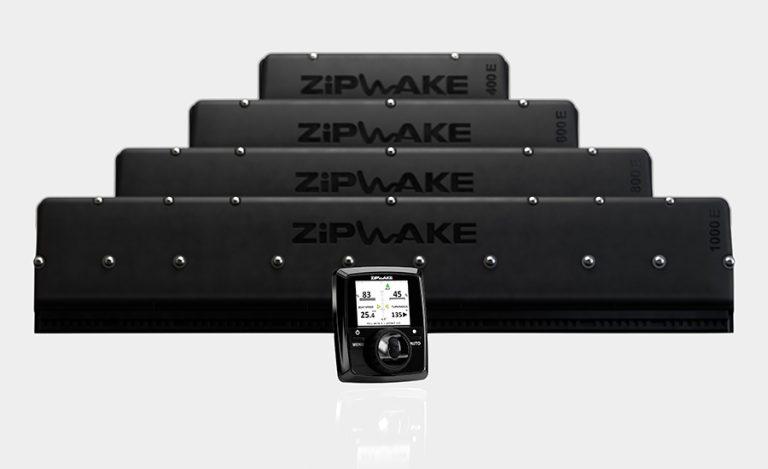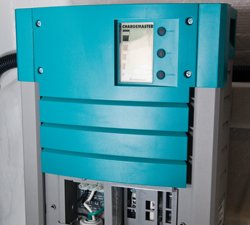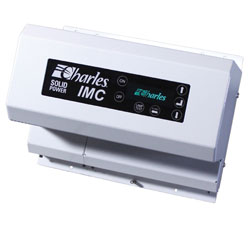Improving WiFi on board
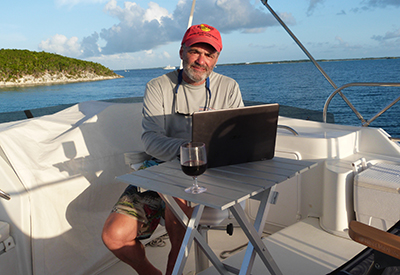
Apr 25, 2019
For less than US$2,500, Jim Leshaw, a lawyer who lives and works in Key Biscayne, Florida, installed an onboard wireless network that allows him to work from many remote locations.
It was only 15 years ago that, while cruising in the Exumas, I met a man aboard his fishing boat, The Other Line. He explained that his aptly named boat permitted his assistant back at the office to accurately tell callers that “he is on the other line.” With advances in technology, this deceit is no longer necessary. It is now truly possible to work from your boat — from many remote locations — at an affordable cost.
After some research, I equipped my 34-foot Canadian PDQ power cat, Thing 1 Thing 2, with an onboard network through which multiple devices, such as laptop computers, tablets, and smartphones, could connect to distant Wi-Fi stations or cellular networks, whether I’m at the dock or cruising the coast. After installing and testing the system I’m happy to report that results exceeded my expectations. I have fast, reliable internet and cellular voice communications throughout Florida and almost the entire Bahamas, up to 12 nautical miles offshore, with an easy-to-install, affordable system.
Practically speaking, there are three ways to connect a boat to the outside world: cellular, WiFi, and satellite. Satellite works pretty much anywhere, including at sea, but is excruciatingly slow for all but voice calls or bare-bones emails without attachments or graphics. It also can be very expensive. For this reason, most coastal cruisers choose to focus their day-to-day communications efforts, as I did, on cellular and WiFi only.
The Wave Rogue Pro Wi-Fi antenna has the ability to access available public WiFi at far greater distances and higher speeds than would be available without an external antenna. This function is a great benefit to boaters who regularly overnight in marinas.
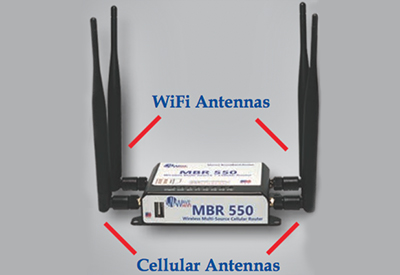 Wave WiFi has a full array of marine antennas, Ethernet Converters and Marine Network Controllers that help boaters stay connected further offshore and manage their network. Their WiFi products provide the fastest connection speeds available and come in 2.4GHZ single band, or 2.4GHz and 5GHz Dual Band configurations. Wave’s MBR550 auto-failover router has a built in Global SIM card slot that can automatically switch to Cellular connections when out of WiFi range. The MBR 550 is also compatible with a host of satellite systems and can be set to default to satellite when Cellular and WiFi are not available.
Wave WiFi has a full array of marine antennas, Ethernet Converters and Marine Network Controllers that help boaters stay connected further offshore and manage their network. Their WiFi products provide the fastest connection speeds available and come in 2.4GHZ single band, or 2.4GHz and 5GHz Dual Band configurations. Wave’s MBR550 auto-failover router has a built in Global SIM card slot that can automatically switch to Cellular connections when out of WiFi range. The MBR 550 is also compatible with a host of satellite systems and can be set to default to satellite when Cellular and WiFi are not available.
I installed an onboard wireless network so that my Wi-Fi-enabled devices need only connect to a single Wi-Fi network, which is kept on 24/7. The onboard Wi-Fi system connects to the internet via external Wi-Fi and cellular antennas. I selected an integrated system consisting of the Wave Wi-Fi MBR 550 router, Rogue Wave Pro Wi-Fi antenna, and Wave cellular antenna. (A Xantrex Prosine 2.0 pure sine wave inverter delivers 110-volt power for this equipment.) My cellphone and tablet are connected to the internet via the onboard Wi-Fi system rather than directly to cell towers, thereby increasing overall performance and eliminating separate data and roaming charges for each device.
Wave WiFi has several dealers right across Canada. You can go to the website and look up under the partner locator.
https://www.wavewifi.com/wave-wifi-partner-directory-locator/

